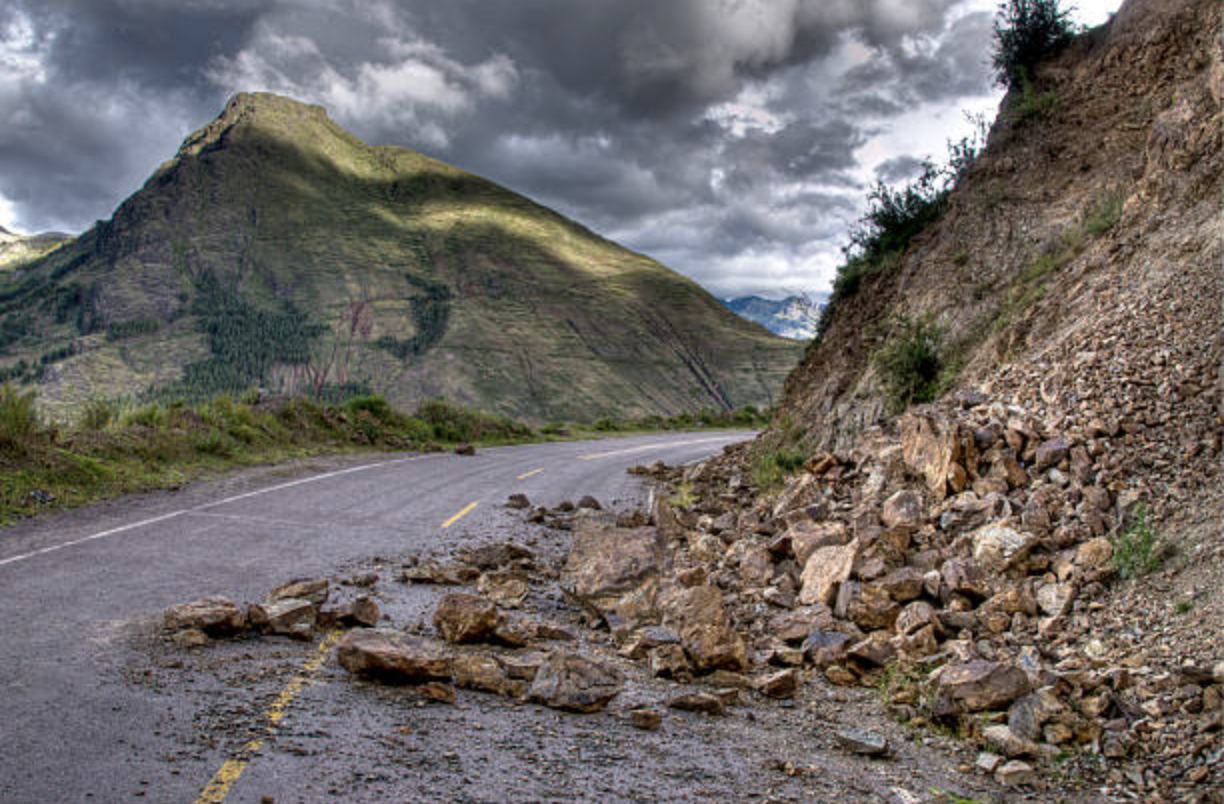Definition of Erosion
Erosion is the process of wearing away or dissolving rock and soil particles caused by the force of the wind, water, ice, and gravity. Erosion is a natural process that has been occurring since Earth’s formation. It occurs when surface materials such as soil and sediment are transported away from an area by wind or water.
Over time, erosion can affect landscapes in a number of ways. It can create new landforms or change existing ones, redistribute surface material over vast areas, and transport sediments to different locations where they may accumulate over time to form deposits known as sedimentary rock layers. In addition to these processes, erosion also affects habitats by altering soil textures and composition that are necessary for life to exist. Erosion can occur in two main forms: mechanical erosion which involves the physical movement of material through the action of wind or water; and chemical erosion which involves chemical reactions between rocks and minerals within soils causing them to break down into smaller particles that are then transported elsewhere either by air currents or streams. So, it is suggested that erosion control solutions at EARTHLOK are a smart idea because they provide erosion control solutions to address all your environmental protection needs.
Causes of Erosion
Erosion is the process of wearing away the surface of the earth due to natural forces. It can happen over a period of days, months, or even years, and it can have devastating effects on towns, cities, and nature reserves alike. In this article, we will be looking at some of the different causes of erosion in order to better understand how it works.
The first cause of erosion is wind. Wind can carry away small particles and debris which eventually accumulate into larger deposits in other areas around them. This type of erosion is most common in arid regions where there are few trees or other vegetation to block the wind’s path. Wind-driven sedimentation has been observed as far back as ancient times when farmers noticed that their crops were being affected by dust storms that blew through their fields.
Another common cause of erosion is water flow from rivers and streams. As water flows over land it picks up small particles such as soil and rocks which are then carried downstream until they reach a lake or ocean where they accumulate into larger deposits known as alluvial fans or deltas. This type of erosion typically occurs along coastlines where powerful waves erode away at the shoreline creating steep cliffs and high sea walls over time.
Strategies to Prevent and Control Erosion
Erosion is a serious ecological problem that must be addressed to ensure the health and integrity of our natural environment. It occurs when water, wind, or other forces carry away topsoil, leaving behind the bare ground and exposed bedrock. Erosion can lead to the loss of valuable soil resources, increase sedimentation in rivers and streams, damage infrastructure, reduce crop yields and create hazardous conditions for nearby communities. Fortunately, there are a number of strategies available to prevent and control erosion.
Practices for Soil Conservation:
Soil conservation practices can help reduce erosion by decreasing surface runoff velocity, increasing infiltration rates into the soil profile, preserving organic matter content in soils, and promoting biodiversity at the landscape level. Examples of soil conservation practices include planting cover crops such as grasses or legumes (which protect against erosive forces), using no-till farming techniques (which reduce surface disturbance), using terraces on sloping land (to slow down runoff speeds) or implementing crop rotation systems (to maximize nutrient cycling). Additionally, it helps to maintain healthy soil structure by avoiding compaction from heavy machinery as well as keeping vegetation in place wherever possible; this will help anchor soils against erosive forces.
Conclusion

Erosion management solutions are necessary to mitigate the damaging effects of erosion and protect our environment. There are many different strategies that can be used to address erosion, such as planting vegetation, constructing physical barriers, and using geotextiles. While some of these solutions can be costly, they provide long-term benefits by preventing soil degradation and reducing the risk of flooding. By implementing effective erosion management solutions, we can ensure a sustainable future for our planet.

